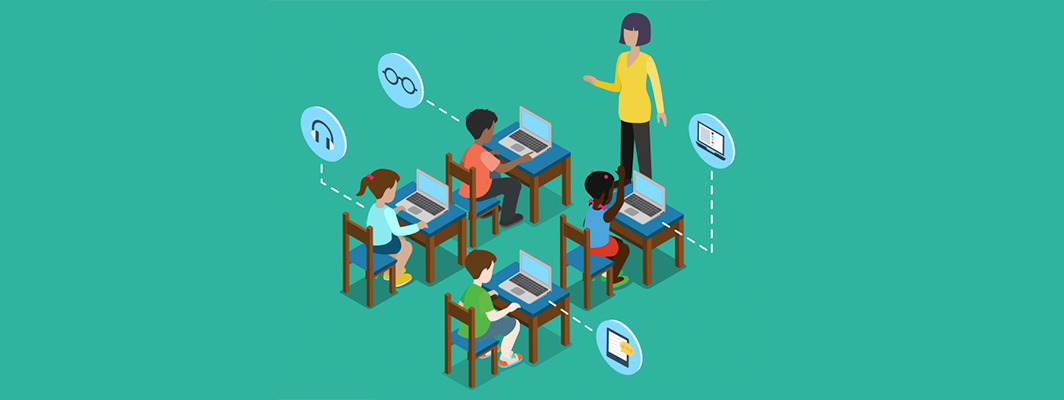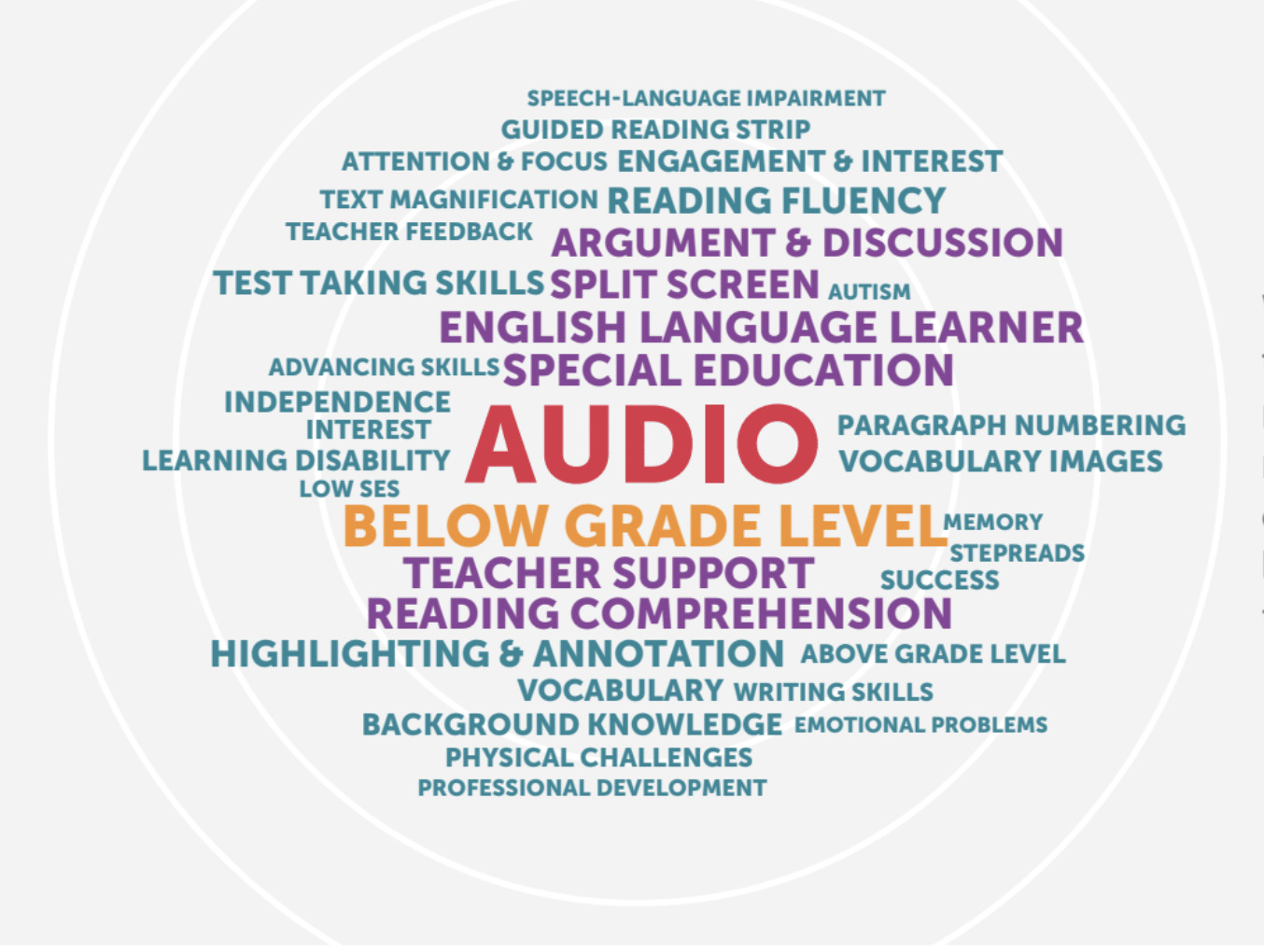
August 13, 2019 | By Medha Tare and Alison R. Shell
Edtech has the potential to ignite the power of learning by helping teachers tailor learning environments and instruction to reach the full diversity of learners. But how can we accomplish that goal?
Digital Promise’s Learner Variability Project (LVP) aims to understand the range of diverse needs that students may have, and to support product developers in turning learner factors and research-based strategies into pedagogical features for educators and students to use.
The LVP team recently partnered with ReadWorks, a nonprofit literacy organization that provides free resources, including a library of curated nonfiction and literary articles, to K-12 teachers. With a wide network of teacher subscribers across the country, ReadWorks offers the potential to reach 15 million students with supports for learners who vary on factors such as background knowledge, working memory, and vision.
Research-based product features, including audio options, text magnification, and article annotation, were developed on the ReadWorks student-facing digital platform as a result of their partnership with LVP. These features are intended as scaffolds, bolstering strengths and mitigating challenges that students may face based on the key learner factors underlying reading success.
We did not expect that all students would need and use the same supports, or even that an individual student would need the same support all of the time. A critical component of the LVP-ReadWorks partnership was to take individual differences and context into account when looking at the use and impact of these features on the digital platform.
An LVP-ReadWorks national survey with more than 11,000 responses from ReadWorks subscribers (classroom teachers and school-based specialists) found that of educators who had tried at least one new feature with their students, 89 percent said they were likely to assign more articles on ReadWorks and 82 percent said they were likely to assign higher-level articles on ReadWorks as a result of the features available to students.
In examining teachers’ responses about how the features supported particular student populations, teachers wrote most frequently about how the audio feature, which allows users to listen to an article while viewing the text, helped students with their reading comprehension and argument and discussion skills. The audio feature also primarily aided populations of below-grade readers, English language learners, and special education students.

Word cloud of teachers’ coded responses about how the new product features supported diverse student needs; larger text indicates more frequent responses
In examining student use of ReadWorks in a rural southern school district, we observed that 92 percent of the elementary school students in the study used at least one of the features that were developed to support learner variability. Importantly, use of the features was also related to greater student engagement: Students were more likely to attempt the multiple choice questions for difficult articles when they used these features than when they didn’t. Essentially, having features to support learner needs reduced barriers to learning.
Teachers also commented on how these features support student autonomy. One teacher who works with third and fourth grade students said, “I find these features helpful for students when I am working in small groups, and students are working on their own. Students have support when I can’t help them.” Teachers also reported wanting more professional development opportunities to increase their awareness and understanding of how to use edtech that is designed to support learner variability.
While further research is needed to determine how features such as these affect learning, our findings shed a promising light. Examining feature use and engagement at the student level represents a first step in demonstrating how teachers and students may incorporate product features to meaningfully tailor instruction through edtech.
To read our full research report, click here. For more on learner variability, visit our free web app, the Learner Variability Navigator.
By Lauren McMahon and Heather Dowd